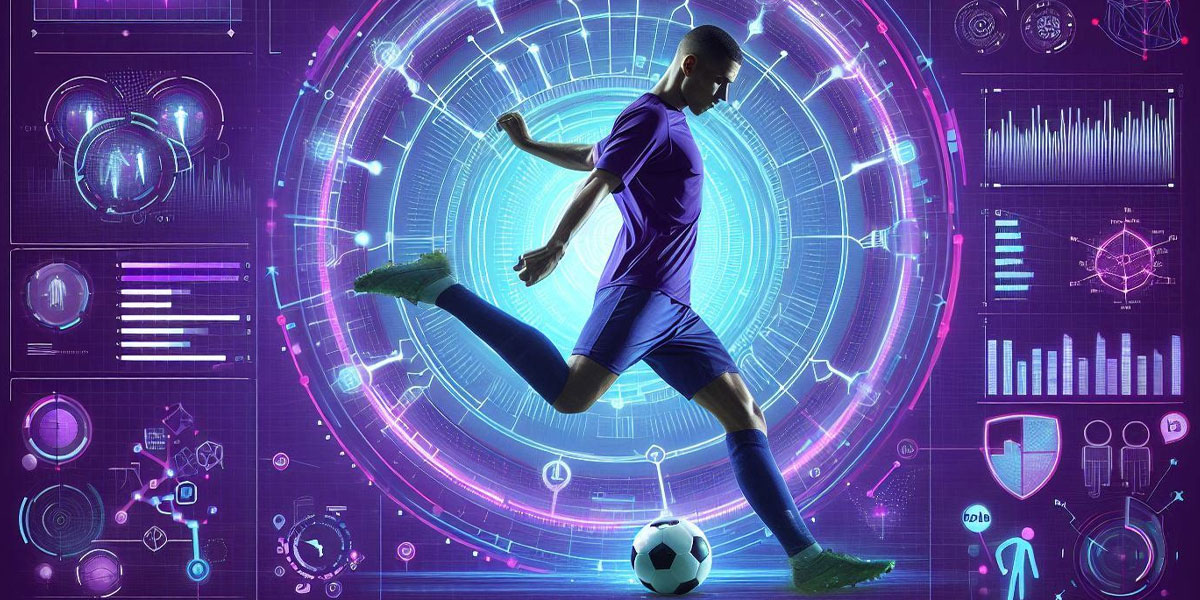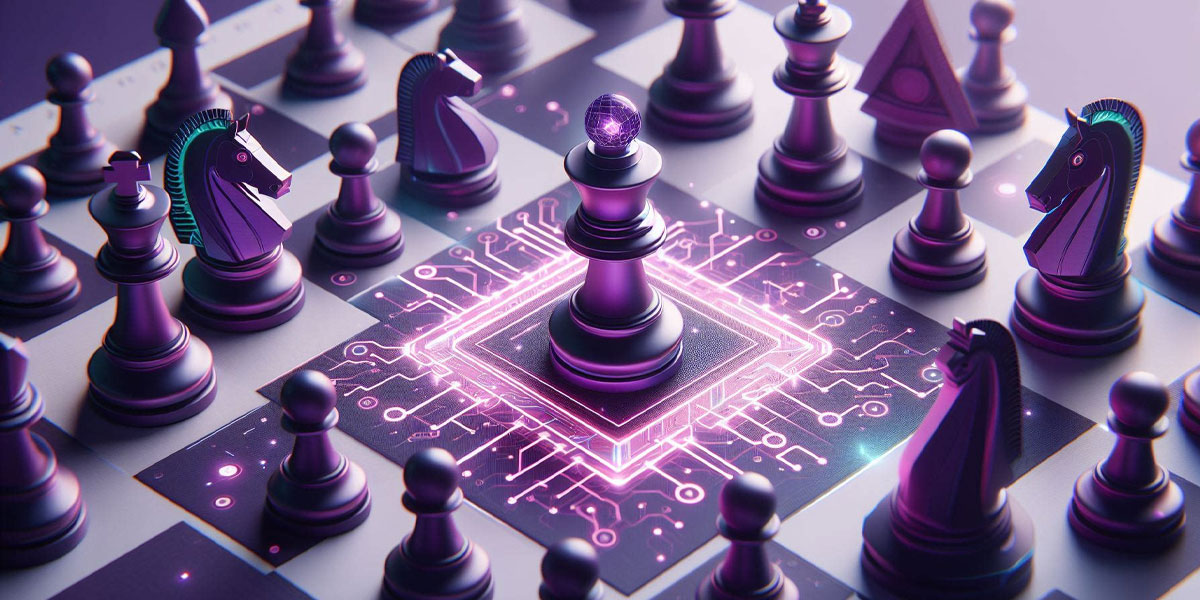Necessary cookies are absolutely essential for the website to function properly. These cookies ensure basic functionalities and security features of the website, anonymously.

Chat GPT-3 and the Bots - Get your chatbot to write your code
Since the dawn of AI, Alan Turing, inventor of the modern computer, set a challenge: The Turing Test. Could a computer convince a human that it was real? The point when machines learnt to fool humans was crossed several years ago, but still there is something about the latest generation of chatbots that feels like nothing we have ever seen before.

The business case
The machines have been producing some impressive work, recreating essays to Undergraduate C or B-grade standard and generating effective advertising copy. It is worth pointing out, though, that anything entered into this new generation of chatbots, and anything produced by them, remains the copyright property of the design team. If you enter any text of value to your organisation, you will be giving your legal rights to that work away. What is less clear at the moment is what happens if someone else, who is not the copyright holder, decides to upload your text of value.
One major question is whether these bots will threaten the dominance that Google has maintained over searches in the USA, where it is estimated that around 90% of all searches pass through Google thanks to its deals with Android and Apple phones. It’s a thought that must have crossed the minds of Google executives, too, when they took the decision to hurriedly launch their rival to Chat GPT-3, Bard. Alphabet were reported to have lost US$100 billion off their market value in one day when someone noticed that the information in their demo was factually wrong.
The technology behind the machines is unlike anything we’ve really seen
It is important to remember that the technologies behind this new generation of chatbots are completely different from old-school chatbots and search engines and therefore they will perform differently. The Google search engines, and there have been many iterations, are based on Eigenvector algorithms, which harness human reactions to content to identify the most useful and popular content, and so there is, to an extent, human input.
The same is true of chatbots that sit on your customer service site. It will be based on one of the older technologies, like TF-IDF, which also has some human input in interpreting queries, and may even be built on templates when it comes to producing a response. This new generation of chatbots are based on neural net technologies where there is minimal human input, and some of the earlier generations of ChatGPT displayed all the problems of a machine trained on Twitter data. It could be racist, sexist and deeply offensive. These technologies have got better and will continue to get better, but right now, they may well produce responses that are wildly inaccurate.
Can you get the machine to write your coding homework?
One hugely promising use of GPT-3, Bard and others like them for IoA Members, is the potential to use these machines to help out with coding. It’s incredibly effective at explaining how code works. Type ‘Explain this code’ and then paste your code, and you will get an incredibly erudite explanation. You can interrogate it further, by asking following up questions, drilling down into incredible detail on the expressions, the purpose of individual snippets, and ask the machine to explain its own explanations.
And, if you code but get far more satisfaction from investigating the data than checking line after line of code, you can try out OpenAI Codex. This platform will turn natural language into code, so you still need to be able to define your problem and steps clearly, but may not need to type out the routine commands. To test it out, visit
Even non-specialist tools, though, like GPT-3, were able to produce code for a computer vision algorithm to analyse 60 x 60 pixel images and classify them into 10 classes using Keras.
Should coders be worried?
This does not appear to be the end of our careers, fortunately. The machines can produce code, and analyse code, but they don’t worry about performance, or adapting the code to the nuances of the data set you have in front of you. And as more of us enter our dodgy code into the machines for them to check, there is the risk that that the machine will start including this questionable input in its output. It will regurgitate code that it has seen, if at some point poor code outnumbers quality code.
It is best, therefore, to consider the use of these machines to check code in a similar light to Stack Overflow searches. When you get stuck, you’ll find some guidance and code samples, but you may well still have to make the final adjustments yourselves.






